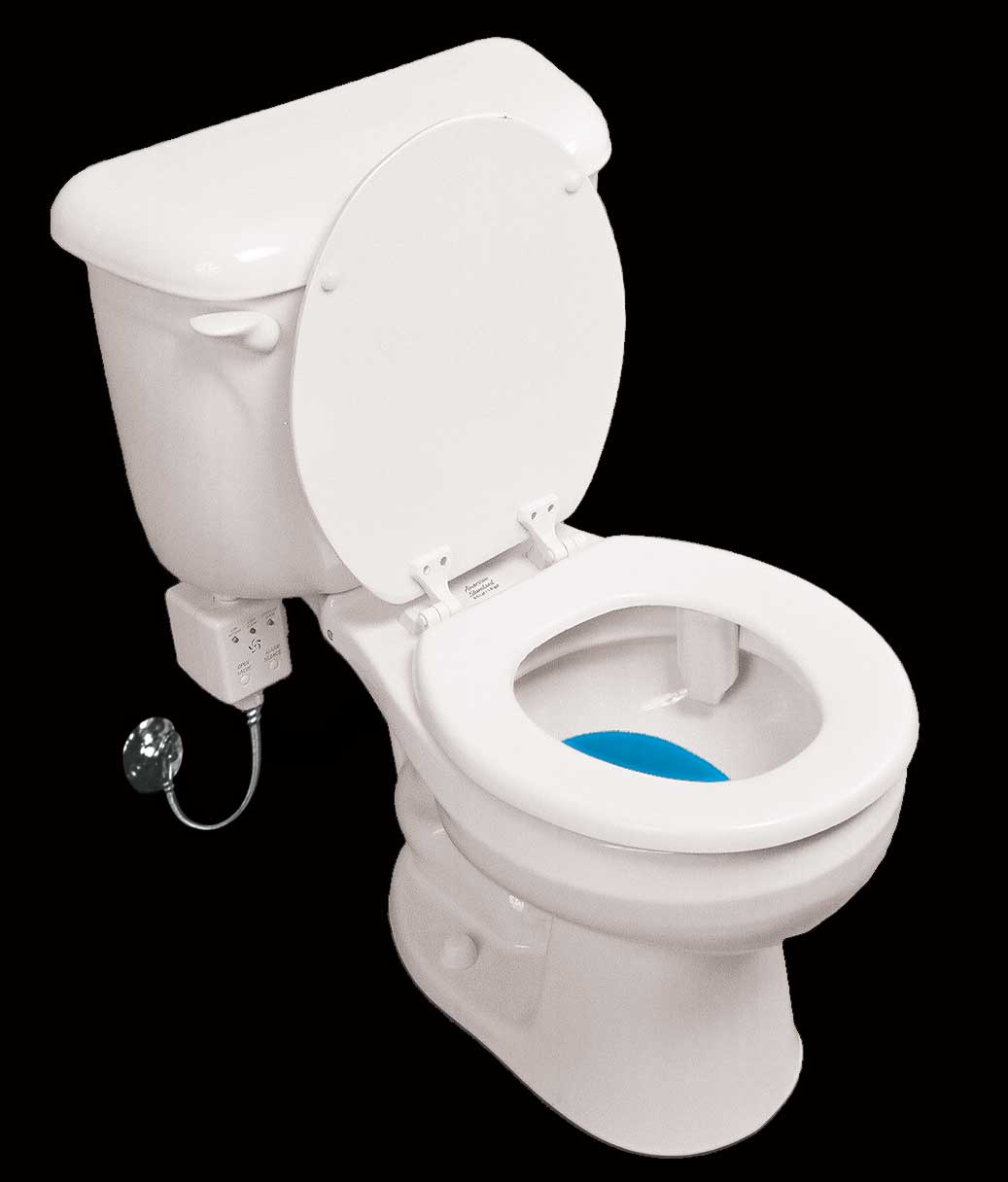
What is toilet?A toilet is a plumbing fixture primarily intended for the disposal of human excreta, urine and fecal matter. Additionally, vomit and menstrual waste are sometimes disposed of in toilets in some societies. The word toilet describes the fixture and, especially in British English, the room containing the fixture. In American English, the latter is euphemistically called a restroom or bathroom. The latter term often describes a room that also contains a bath tub. A room with only a toilet and a sink is sometimes called a half-bathroom, a half bath, or a powder room.
There are two basic types of modern toilets: the dry toilet and the wet (flush) toilet, the latter being the most commonly known and producer of blackwater. The dry toilet needs no plumbing for water input or evacuation, but is often coupled with a ventilation system.
Prior to the introduction of modern flush toilets, most human waste disposal took place outdoors in outhouses or latrines. However, the ancient cities of the Indus Valley Civilization, e.g., Harappa and Mohenjo-daro, which are located in present day India and Pakistan, had flush toilets attached to a sophisticated sewage system and other forms of toilets were used both in the time of the Romans and Egyptians as well. Although a precursor to the modern flush toilet system was designed in 1596 by John Harington, the toilet did not enter into widespread use until the late nineteenth century, when it was adopted in English upper class residences.
History
The third millennium B.C. was the "Age of Cleanliness." Toilets and sewers were invented in several parts of the world, and Mohenjo-Daro circa 2800 B.C. had some of the most advanced, with lavatories built into the outer walls of houses. These were "Western-style" toilets made from bricks with wooden seats on top. They had vertical chutes, through which waste fell into street drains or cesspits. Sir Mortimer Wheeler, the director general of archaeology in India from 1944 to 1948, wrote, "The high quality of the sanitary arrangements could well be envied in many parts of the world today."
The toilets at Mohenjo-Daro, described above, were only used by the affluent classes. Most people would have squatted over old pots set into the ground. The people of the Harappan civilization in Pakistan and north-western India had water-flushing toilets in each house that were linked with drains covered with burnt clay bricks.
Early water flushing toilets are also found at Skara Brae in Orkney, Scotland, which was occupied from about 3100 BC until 2500 BC. Some of the houses there have a drain running directly beneath them, and some of these had a cubicle over the drain. Around the 18th century BC, toilets started to appear in Minoan Crete, Egypt in the time of the Pharaohs and ancient Persia. In Roman civilization, toilets were sometimes part of public bath houses.
Roman toilets, like the ones pictured to the right, are commonly thought to be used in the sitting position. But sitting toilets only came into general use in the mid-19th century in the western world. The Roman toilets were probably elevated to raise them above open sewers, rather than for sitting. Squat toilets are still used by the majority of the world's population
No comments:
Post a Comment